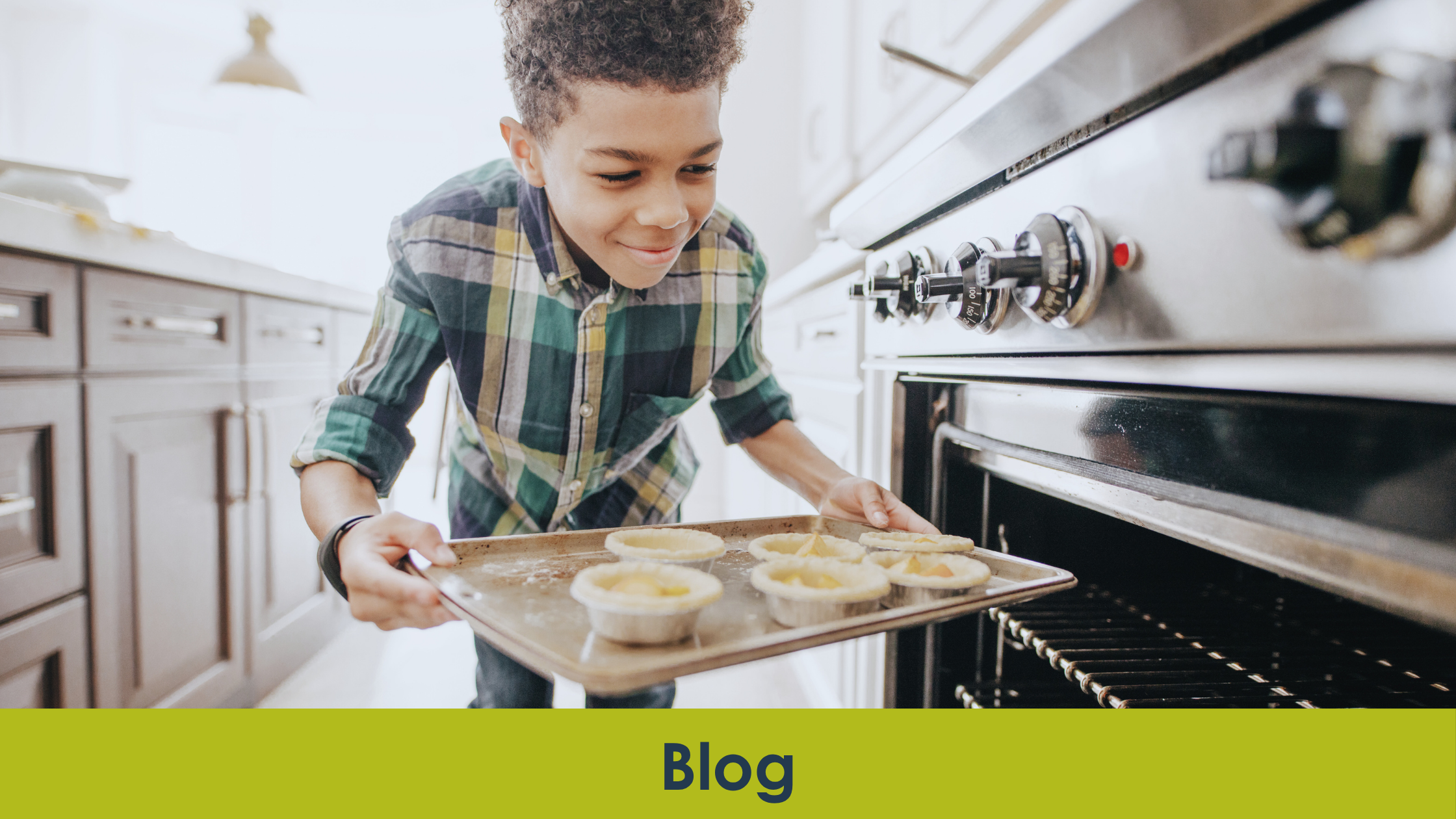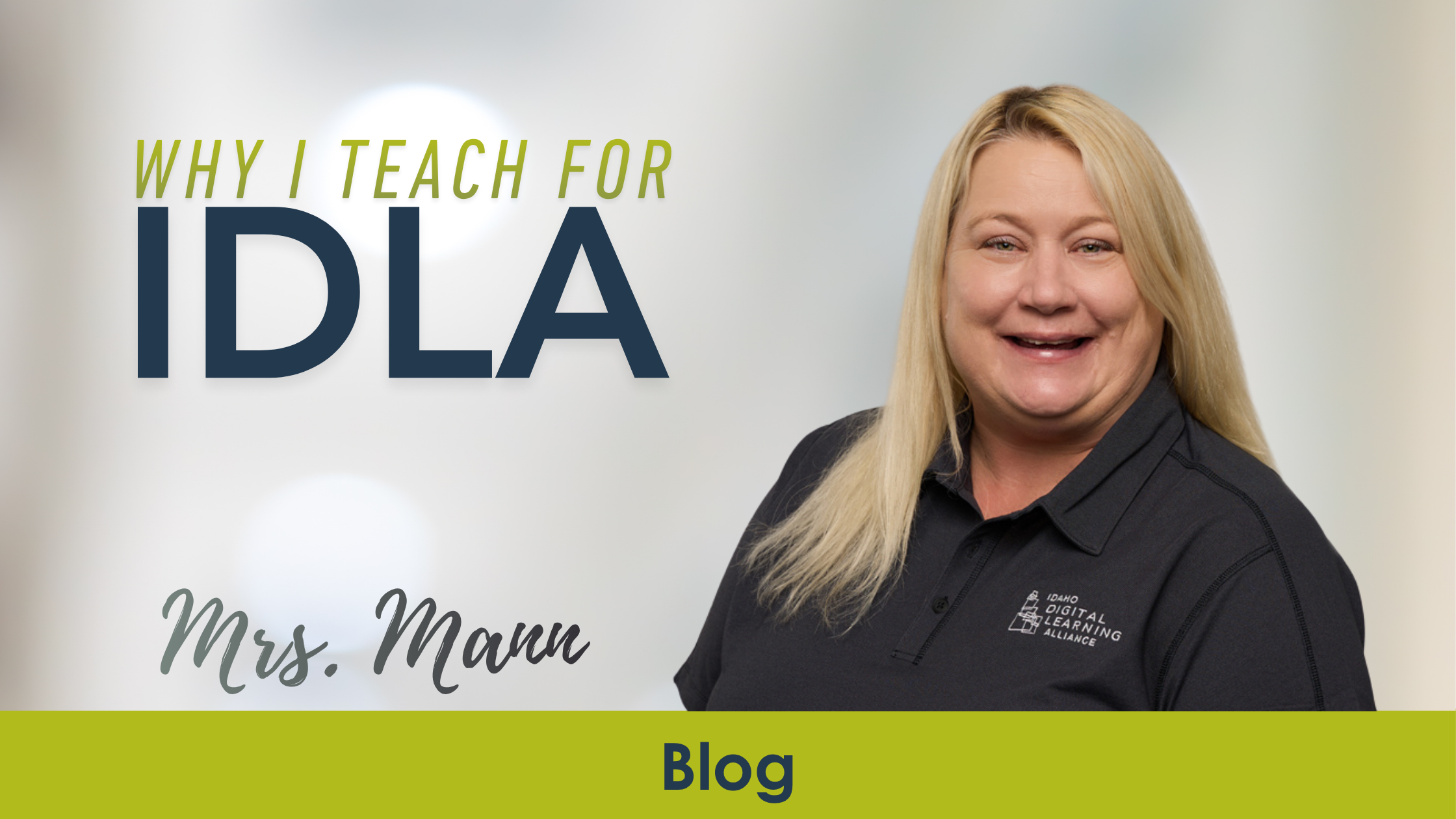By Valerie Doherty, IDLA Communication & Brand Manager
I know what you’re thinking: “Ugh, not another post about summer slide.” I get it. We literally just posted a list of summer camps at the beginning of the month (Educational & Enrichment Summer Camps in Idaho). And hey, summer is supposed to be your well-earned break! I’m with you. But let’s be real, not everyone gets to participate in a camp or structured activity. That got me thinking… What are some simple things you can do at home that are fun and educational?
Sometimes you learn stuff without even realizing it. That’s basically magic, right?
Let’s start with reading.
I’m a voracious reader. That wasn’t always the case, because (fun fact) I’m dyslexic. Reading has always been a bit of a struggle for me. So, how did I get here? Practice. And more practice.
When I say “read,” I don’t mean dive into a 500-page novel or dust off your old science textbook. No thanks. Start small if that’s your thing. Pick an article from the newspaper, flip through a magazine, or pop over to your local library. I’m a GenXer, we were raised on library cards and the Dewey Decimal System. And now I can check out books without leaving my couch? Mind. Blown. Tip: If you have a library card, you can use the Libby App to check out eBooks.
Now, baking. (Stay with me.)
Baking is math. It’s science. It’s also delicious.
Here’s my go-to, never-fails peanut butter cookie recipe:
- 1 cup peanut butter
- 1 cup sugar
- 1 egg
Mix it all up. Roll into small dough balls. Press gently on a cookie sheet. Bake at 350°F for 8–10 minutes. Done.
Science moment: The egg acts as a binder. Heat makes the proteins in the egg firm up, sugar caramelizes, and the peanut butter’s fat melts into gooey goodness.
Math moment: The recipe is a 1:1:1 ratio—easy to remember and scale up or down. Want more cookies? Double everything. Want fewer? Halve it. Boom. You just used proportional reasoning. In your kitchen. On summer break.
Speaking of math…
Ever sat in class wondering when you’d actually use math in real life? Yep, same. Then came the Pandemic lockdown, when I decided to learn how to quilt. Had I known the math commitment up front, I may have bailed early. But guess what? Quilting is sneaky math. From measuring and cutting to calculating seam allowances, I was knee-deep in fractions before I realized it.
Even estimating how long it’ll take to get to your friend’s house? That’s math.
Time = Distance ÷ Speed. Who knew?
Want to veg out? Fine, but make it count.
TV isn’t always the enemy. Watching movies or documentaries can actually teach you something (no, really!). They can show you what life was like in the past, explain how major events happened, and open your eyes to different cultures. Plus, you get to play “spot the drama”, what’s real and what’s Hollywood fluff? That’s critical thinking, my friend.
Bonus points if you look something up afterward or start a conversation about it with your family. (Yes, conversations with actual people.)
Move your body, even just a little.
Last but not least, get moving. Staying active helps keep your brain in shape, too. And no, I’m not suggesting two-a-days at the gym.
Go for a swim, ride your bike, take the dog for a walk, play basketball in the driveway, or challenge your sibling to a dance-off in the kitchen. Whatever gets your heart rate up and puts a smile on your face. Your brain will thank you later.
So, what’s the point of all this?
Is this another post about summer slide? Kinda. But not the boring kind. This isn’t about grinding through worksheets or cramming flashcards under your pillow.
This is about learning without even trying. It’s about discovering that your kitchen, your couch, your backyard, are sneaky little classrooms.
So go read something weird, bake something sweet, sew something crooked, or learn something unexpected from a movie. You’re not just passing time, you’re getting smarter without even breaking a sweat.
Now, if you’ll excuse me, I’ve got a batch of cookies in the oven and an eBook on hold. Happy summer!



